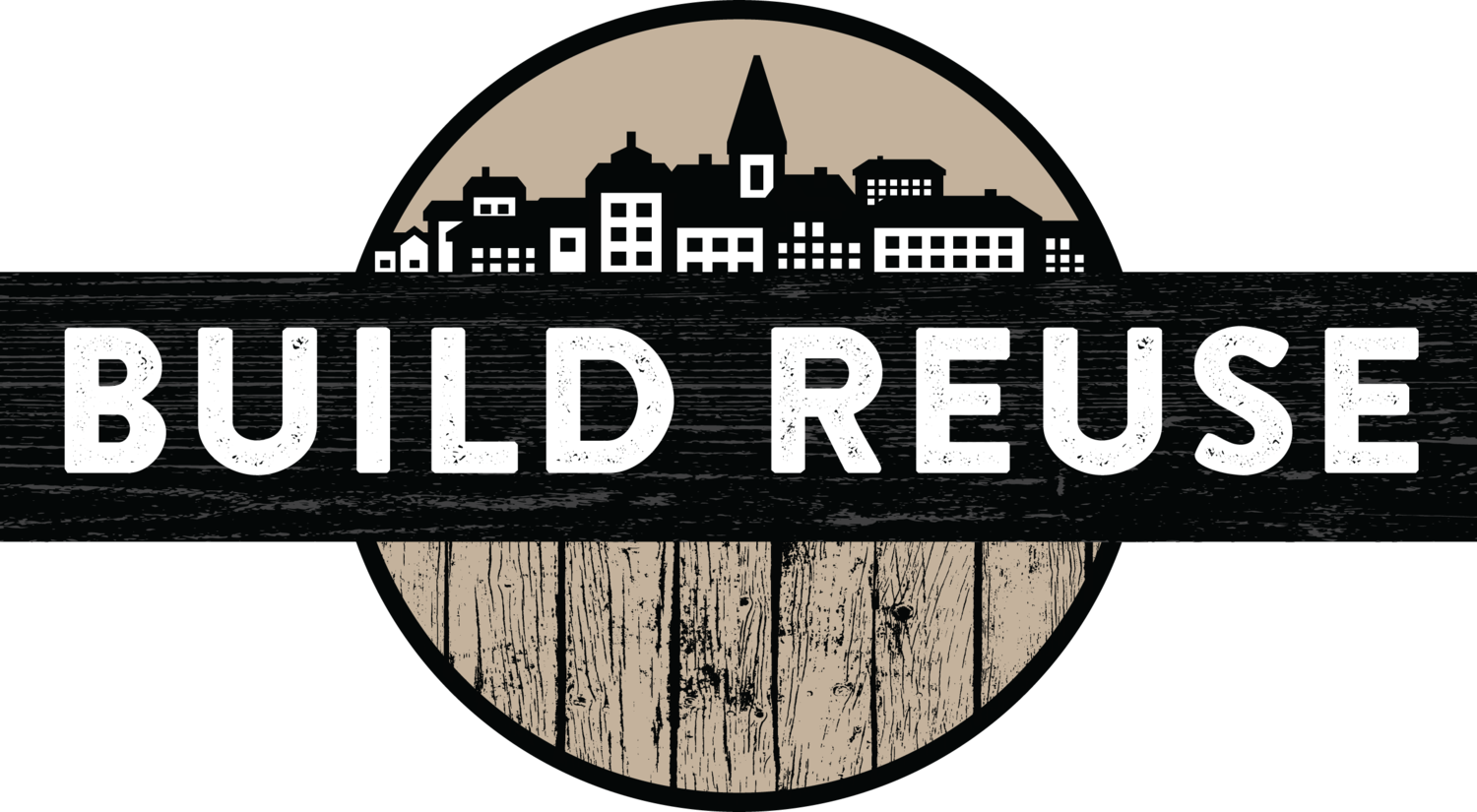
About Deconstruction
The process of dismantling a structure to maximize the recovery of reusable material. Sometimes called “construction in reverse” or “unbuilding,” deconstruction removes a building by selective disassembly of structural and non-structural building components. This stands in contrast to conventional demolition, which uses mechanical equipment like bulldozers and wrecking balls, resulting in limited reusability.
Salvaging materials for future reuse is an old tradition and was sometimes called “hand demolition” in the nineteenth and early twentieth century. In the United States, the process was formalized under the name “deconstruction” in the 1990s and gained industry prominence when it was highlighted in President Clinton’s Council for Sustainable Development’s “Towards a Sustainable America” in 1999.
Many municipalities are turning to deconstruction policy to achieve their triple-bottom-line sustainability goals. It has the potential to create stable jobs with low training thresholds, close the consumption loop of building materials, foster community connections, and contribute to more sustainable construction practices.
Deconstruction and sustainability
600 million tons of construction and demolition debris were generated in the United States in 2018 - more than twice the amount of generated municipal solid waste - of which 60% ends up in landfills. Landfills negatively affect biodiversity, groundwater pollution, and the health of surrounding communities. Prioritizing reuse through deconstruction minimizes the amount of material that is landfilled.
Reuse also limits further extraction of virgin materials, which is energy- and water-intensive, and puts pressure on wildlife habitats and ecosystems. Material reuse is an important tool in combating climate change impacts of the construction industry.
Deconstruction and workforce development
Compared to mechanical demolition, deconstruction is labor intensive, requiring requires a team of individuals with specialized knowledge. Mechanical demolition of a 1,400 square-foot house requires a crew of 2-3 workers, as opposed to 6-8 if that same structure were deconstructed.
Deconstruction also feeds a larger reuse economy, indirectly supporting jobs in material warehousing, retail and sales, and material manufacturing.
Many Build Reuse member organizations are dedicated to using deconstruction as a tool for workforce development, especially for women, people of color, and people impacted by the justice system or with other barriers to employment.
Deconstruction and public health
Demolition is a public health problem. Mechanical demolition activities generate dust and particulate matter, which can travel 400 feet from the source and is connected to elevated blood lead levels in children and asthma.
Deconstruction, if done according to best practices, has the potential to reduce the dust caused by mechanical demolition.
Through careful disassembly, deconstruction also allows for the identification and abatement of asbestos-containing materials that may have been missed in an initial demolition survey. Identifying and properly abating asbestos is critical since inhaling asbestos fibers can cause mesothelioma, a deadly cancer in the protective linings of organs.




